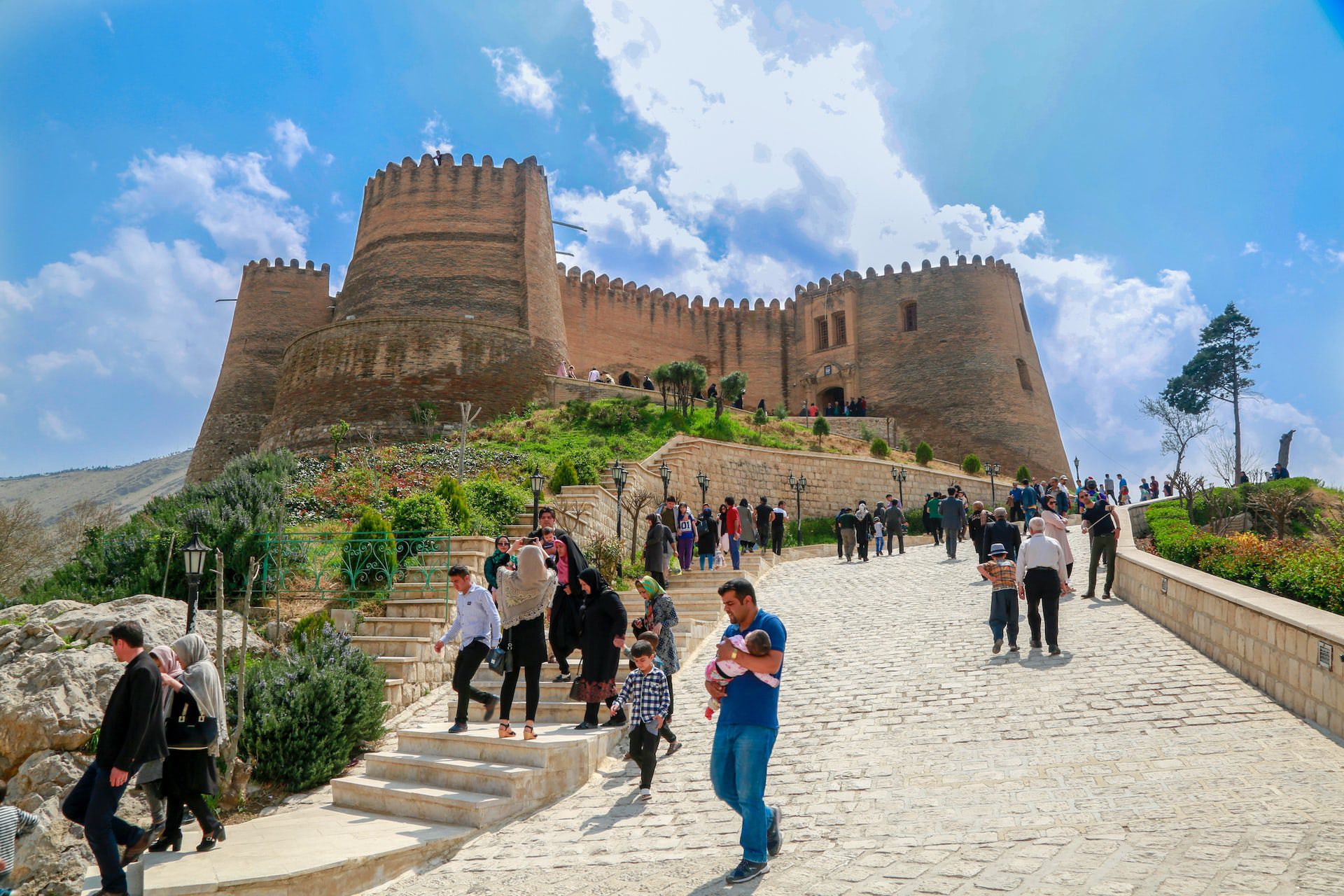Table of Contents
Falak-ol-Aflak Castle, also known as Shapur Khast Castle, stands proudly atop a majestic hill in Khorramabad, the capital of Lorestan province, Iran. This fortress, with its roots tracing back to the Sassanid era, holds a significant place in history. Over its 1800-year existence, it has borne different names, such as Shapur-Khast or Sabr-Khast fortress, Dezbaz, Khoramabad castle, and finally, the Falak-ol-Aflak Castle.
Architectural Layout and Impressive Dimensions
The architectural layout of Falak-ol-Aflak Castle is a testament to its grandeur. Its foundations span approximately 300 by 400 meters, while the entire structure, including the hill, towers 40 meters above its surroundings. Within its expansive boundaries, the castle covers an area of 5,300 square meters, boasting walls that extend for 2,860 meters and reach a height of 22.5 meters. The castle’s interior comprises four spacious halls, along with numerous rooms and corridors. Two picturesque courtyards, measuring 31 by 22.5 meters and 29 by 21 meters, enhance the castle’s splendor. While originally equipped with 12 towers, only eight remain standing today.
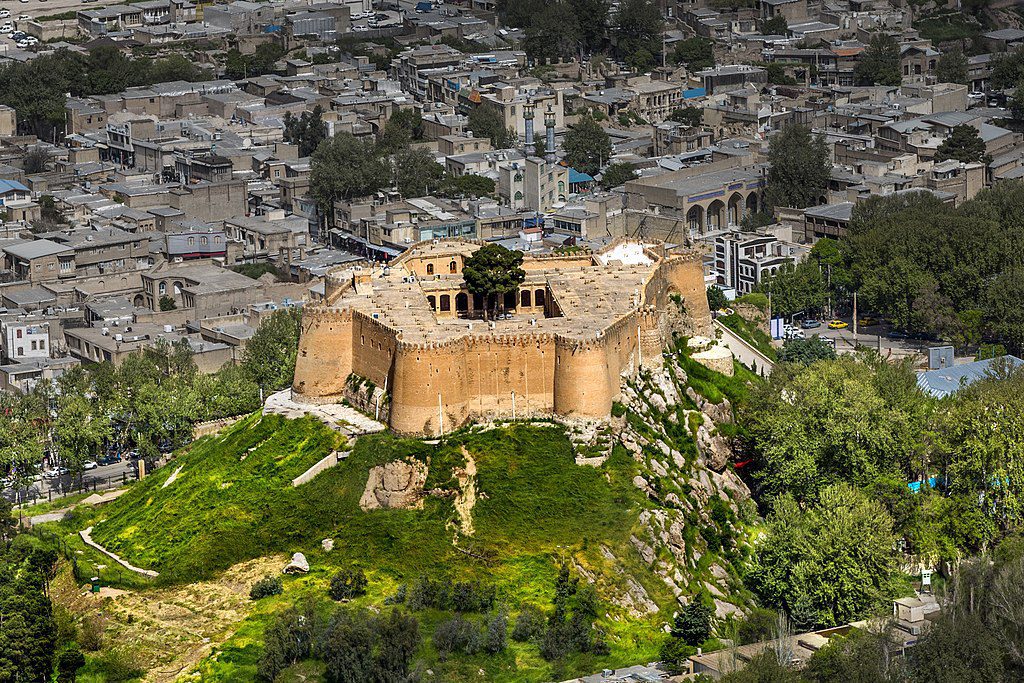
A Glimpse into the Past: Historical Significance
Throughout history, Falak-ol-Aflak Castle has witnessed various civilizations rise and fall. During the Sassanid era, it served as a prominent stronghold and played a pivotal role in the region’s governance. Under the Pahlavi dynasty, the castle’s purpose transformed, evolving from a prison into a museum complex.
An Oasis of Preservation: The Iran Cultural Heritage Organization
Today, Falak-ol-Aflak Castle is under the careful guardianship of the Iran Cultural Heritage Organization, ensuring its preservation for future generations to appreciate and learn from.
Surrounded by Rich Heritage
Positioned atop the hill and nestled alongside the Khorramabad River and Golestan spring, Falak-ol-Aflak Castle holds a central position in Khorramabad. Its surroundings are adorned with captivating historical monuments, including prehistoric caves, ancient inscriptions, a brick minaret, the Gabri water mill, the Shapuri Bridge (also known as the Broken Bridge), and Gerdab-e Sangi (Gerdau Bardineh). Registered on the esteemed Iranian National Heritage List, this castle stands as a testament to the rich cultural tapestry of the region.
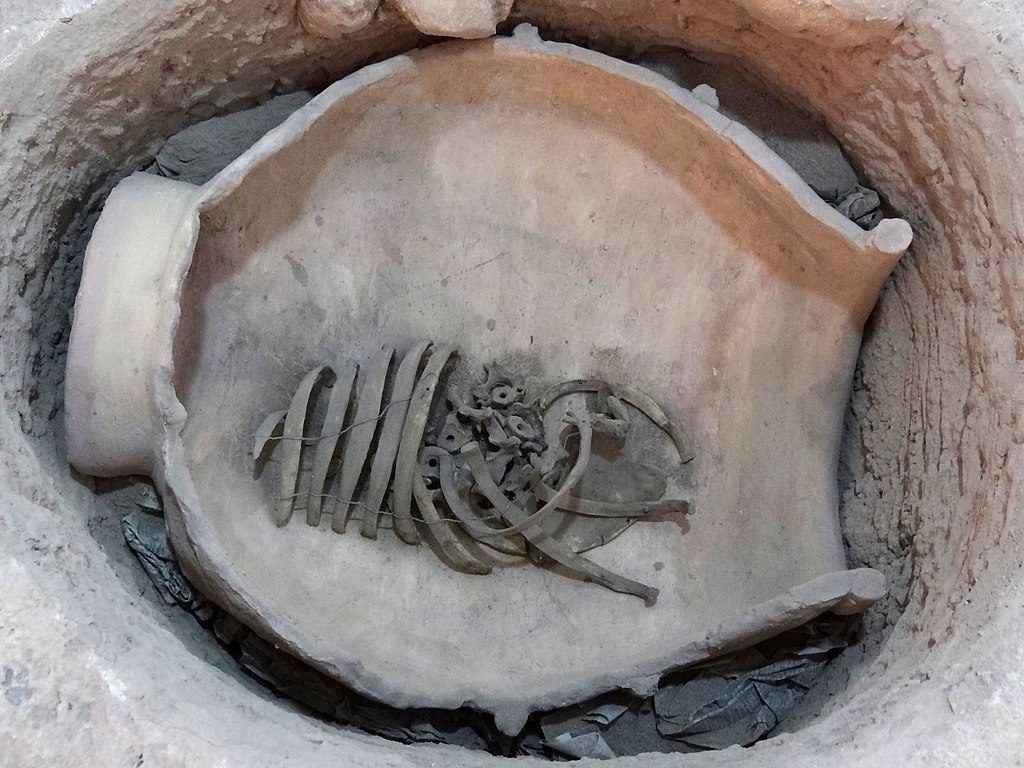
From Ancient Capitals to Modern Preservation
Falak-ol-Aflak Castle’s historical significance extends beyond its architectural magnificence. It played a central role in the formation of nearby cities. Shāpūr-Khwāst city was originally established near Khorramabad during the Sassanid era. After its destruction, Khorramabad was built in its vicinity, with Falak-ol-Aflak serving as its capital. Over the centuries, the castle witnessed the rise and fall of various dynasties, serving as a treasury, garrison, and even a prison.
A Beacon of Knowledge and Art
In the first half of the fourteenth century, Falak-ol-Aflak Castle housed the headquarters of Division Five and other Iranian Army forces. Later, it found a new purpose under the Ministry of Culture and Art, being transformed into the Anthropology Museum and Lorestan Bronze Museum. Over the years, the castle has undergone multiple reconstructions, with the addition of an Archaeology Museum, dedicated to showcasing relics from the Achaemenid era and the Kalmakarah cave, along with over twelve thousand pieces of Iranian history. The castle’s reconstruction lab and other sections further enhance its appeal.
Majestic Dimensions and Intricate Details in Falak-ol-Aflak Castle
Falak-ol-Aflak Castle proudly stands 40 meters tall, covering an expansive area of 120 meters. Its magnificent gate, standing at three meters in height and spanning over ten meters in width, reflects its architectural splendor, crafted meticulously using clay, red brick, stone, and mortar. Notably, a century ago, a rampart encircled the main structure, boasting twelve towers in the northwest. The rampart itself took on the shape of an irregular octagon.
Within the castle walls, visitors are greeted by a 23-meter rampart, eight towering structures, two central courtyards, and an astounding three hundred parapets. Covering an impressive expanse of 5,300 meters, the castle’s rampart is a masterpiece constructed using brick stone, clay, gypsum mortar, and lime. The castle’s gates reside in the north, with a tower body positioned in the south. A hallway leads from the gate to the first courtyard, spanning 155 meters and adorned with four towers. As one explores further, an arch guides the way to the second courtyard, a rectangular oasis covering 610 meters and encompassing an additional four towers. Adjacent to the hallway, a remarkable 40-meter well irrigated by the Golestan spring can be found, accompanied by a nearby bath.
Exploring Iran’s Archaeological Sites: An Unforgettable Journey
Visiting archaeological sites in Iran, such as the awe-inspiring Falak-ol-Aflak Castle, offers a captivating and immersive experience into the country’s rich history and cultural heritage. Here are some remarkable activities to engage in during your visit to these remarkable sites:
Guided Tours and Interpretive Exhibits:
Embark on a guided tour led by knowledgeable experts who can provide in-depth insights into the historical significance, architectural marvels, and cultural context of the site. Take advantage of interpretive exhibits, multimedia presentations, and informative displays to enhance your understanding and appreciation of the archaeological treasures.
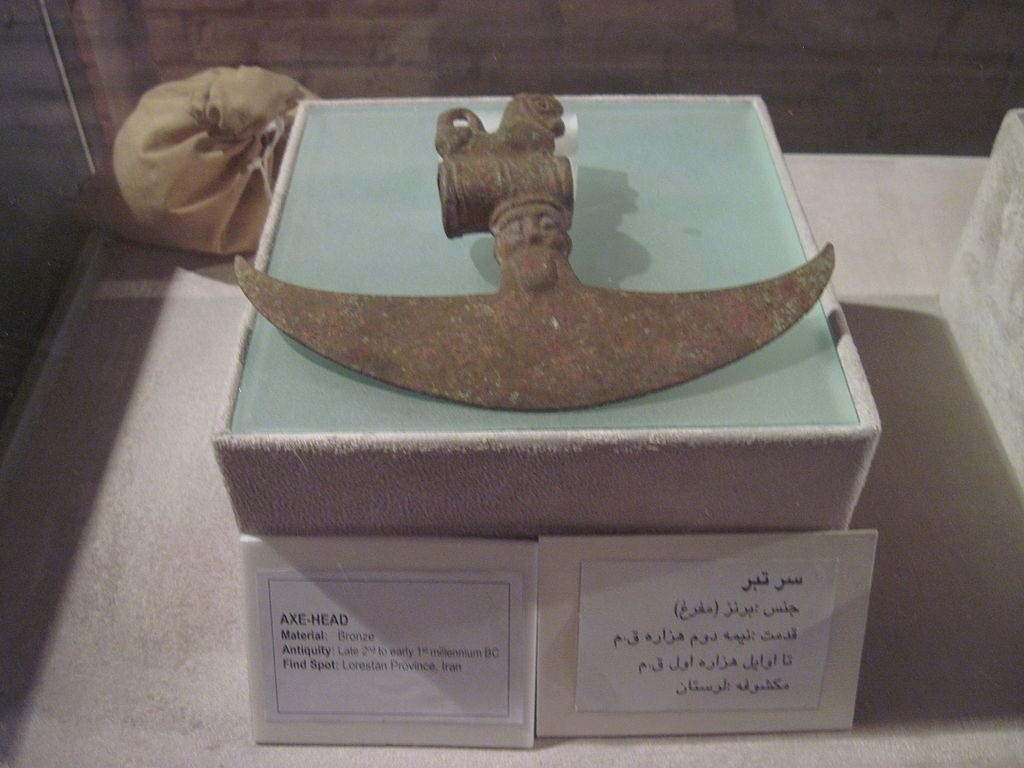
Unveiling Ancient Mysteries:
Delve into the mysteries and stories hidden within the ancient walls. Imagine the lives of those who once inhabited these remarkable structures and immerse yourself in their world. Unearth the secrets of their daily lives, traditions, and the historical events that shaped their existence.
Photography and Visual Documentation:
Capture the enchanting beauty and intricate details of the archaeological sites through photography. Frame the magnificent architecture, elaborate carvings, and panoramic views to preserve the memories of your visit and share the wonders with others.
Educational Workshops and Lectures:
Engage in educational workshops and lectures that shed light on the archaeological techniques used in uncovering these ancient sites. Gain insights into the preservation efforts, conservation methods, and ongoing research projects that contribute to our understanding of Iran’s rich cultural heritage.
Interactive Exhibits and Hands-on Activities:
Participate in interactive exhibits and hands-on activities that allow you to step back in time. Try your hand at ancient crafts, such as pottery-making or weaving, to appreciate the ingenuity and craftsmanship of the people who once thrived in these historical settings.
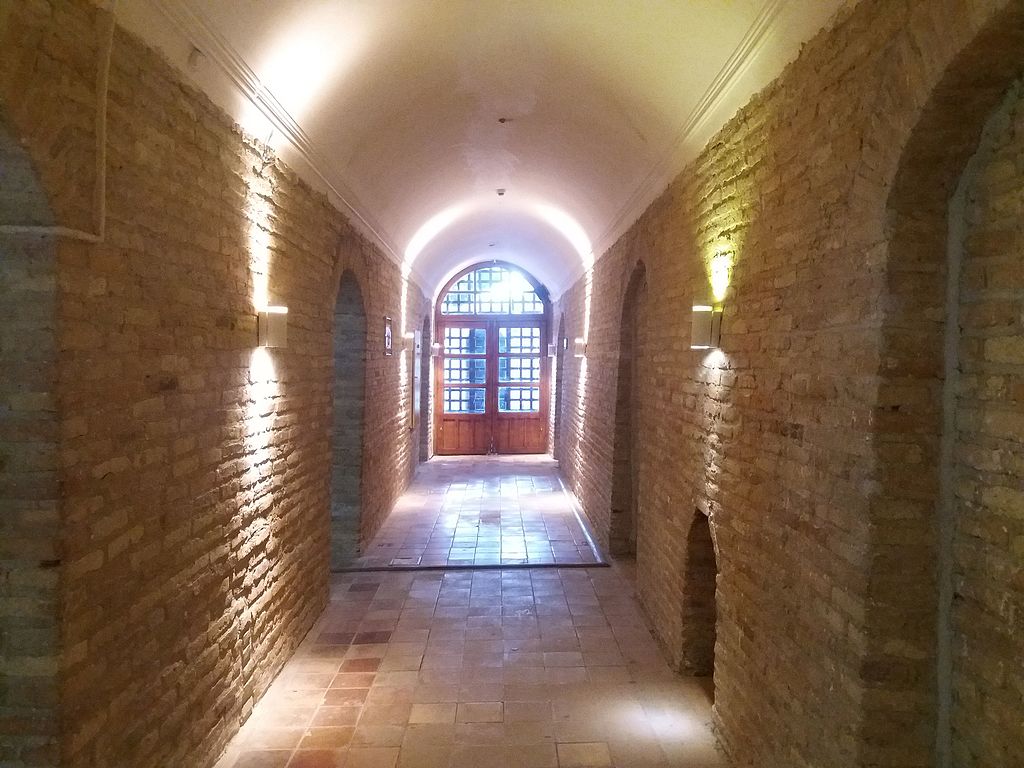
Cultural Events and Performances:
Immerse yourself in the vibrant cultural scene surrounding these archaeological sites. Attend cultural events, music performances, or traditional dance shows that celebrate the diverse heritage of Iran. Experience the fusion of ancient traditions with contemporary expressions of art and culture.
Picnicking and Enjoying the Surroundings:
Take a moment to appreciate the natural beauty surrounding the archaeological sites. Enjoy a leisurely picnic amidst lush greenery, serene landscapes, or by the banks of a nearby river. Let the tranquil ambiance and breathtaking scenery rejuvenate your spirit.
Souvenir Shopping:
Browse through local markets and souvenir shops near the archaeological sites. Discover unique crafts, traditional artworks, and authentic mementos that reflect the cultural heritage of the region. Support local artisans and take home a piece of Iran’s rich history.
Visiting archaeological sites in Iran, including the remarkable Falak-ol-Aflak Castle, offers a voyage through time and an opportunity to connect with the country’s ancient roots. Engaging in these activities ensures a memorable and enriching experience, leaving you with a deeper appreciation for the legacy of the past.
FAQs about Falak-ol-Aflak Castle
Q1: What is the historical significance of Falak-ol-Aflak Castle?
A1: Falak-ol-Aflak Castle holds great historical significance as it dates back to the Sassanid era and has witnessed various civilizations rise and fall. It served as a prominent stronghold during the Sassanid era and played a pivotal role in the region’s governance. Over time, it transformed from a prison into a museum complex under the Pahlavi dynasty.
Q2: What are the architectural dimensions and layout of Falak-ol-Aflak Castle?
A2: Falak-ol-Aflak Castle has impressive architectural dimensions. Its foundations span approximately 300 by 400 meters, with a height of 40 meters above its surroundings. The castle covers an area of 5,300 square meters, with walls extending for 2,860 meters and reaching a height of 22.5 meters. It comprises four spacious halls, numerous rooms, corridors, and two picturesque courtyards.
Q3: What are some of the surrounding historical monuments near Falak-ol-Aflak Castle?
A3: Falak-ol-Aflak Castle is surrounded by captivating historical monuments, including prehistoric caves, ancient inscriptions, a brick minaret, the Gabri water mill, the Shapuri Bridge (also known as the Broken Bridge), and Gerdab-e Sangi (Gerdau Bardineh). These monuments add to the rich cultural tapestry of the region.
Q5: How has Falak-ol-Aflak Castle been repurposed over time?
A5: Falak-ol-Aflak Castle has undergone various transformations throughout history. It served as a treasury, garrison, and even a prison for different dynasties. During the Pahlavi dynasty, it was repurposed as a museum complex and later housed the headquarters of Division Five and other Iranian Army forces. It currently serves as an Anthropology Museum, Lorestan Bronze Museum, and an Archaeology Museum, showcasing relics from the Achaemenid era and Iranian history.
Unlock the Treasures: Explore Iran’s Archaeological Sites with ToIranTour
If you’re eager to delve into Iran’s remarkable archaeological sites and experience the best this ancient land has to offer, embarking on a knowledge-based and archaeological tour is the perfect choice. These specialized tours cater to the curiosity of history enthusiasts, cultural explorers, and adventure seekers alike, ensuring an unforgettable journey through time.
Unleash the Power of Customized Tours: Tailored Experiences for Unforgettable Memories
When it comes to experiencing the wonders of Iran’s archaeological sites, ToIranTour stands out as a premier travel agency dedicated to crafting customized tours that cater to individual preferences. With their extensive knowledge, expertise, and passion for showcasing Iran’s rich cultural heritage, they design travel itineraries that ensure an immersive and personalized experience.
Discover the Untold Stories: Iran Tours and Travel Packages
ToIranTour offers an array of Iran tours and travel packages, carefully curated to highlight the best archaeological sites across the country. Whether you seek to explore the magnificent ruins of Persepolis, marvel at the intricate details of Yazd’s ancient mud-brick architecture, or wander through the centuries-old bazaars of Isfahan, their expertly designed tours provide a comprehensive and captivating journey.
A Unique Perspective on Iran’s Ancient Wonders
ToIranTour goes beyond conventional travel experiences by providing expert guides who possess an in-depth understanding of Iran’s archaeological sites. Their knowledgeable guides unravel the mysteries of each site, offering historical insights, cultural context, and captivating narratives that bring the past to life. With their assistance, you’ll gain a unique perspective on Iran’s ancient wonders.
